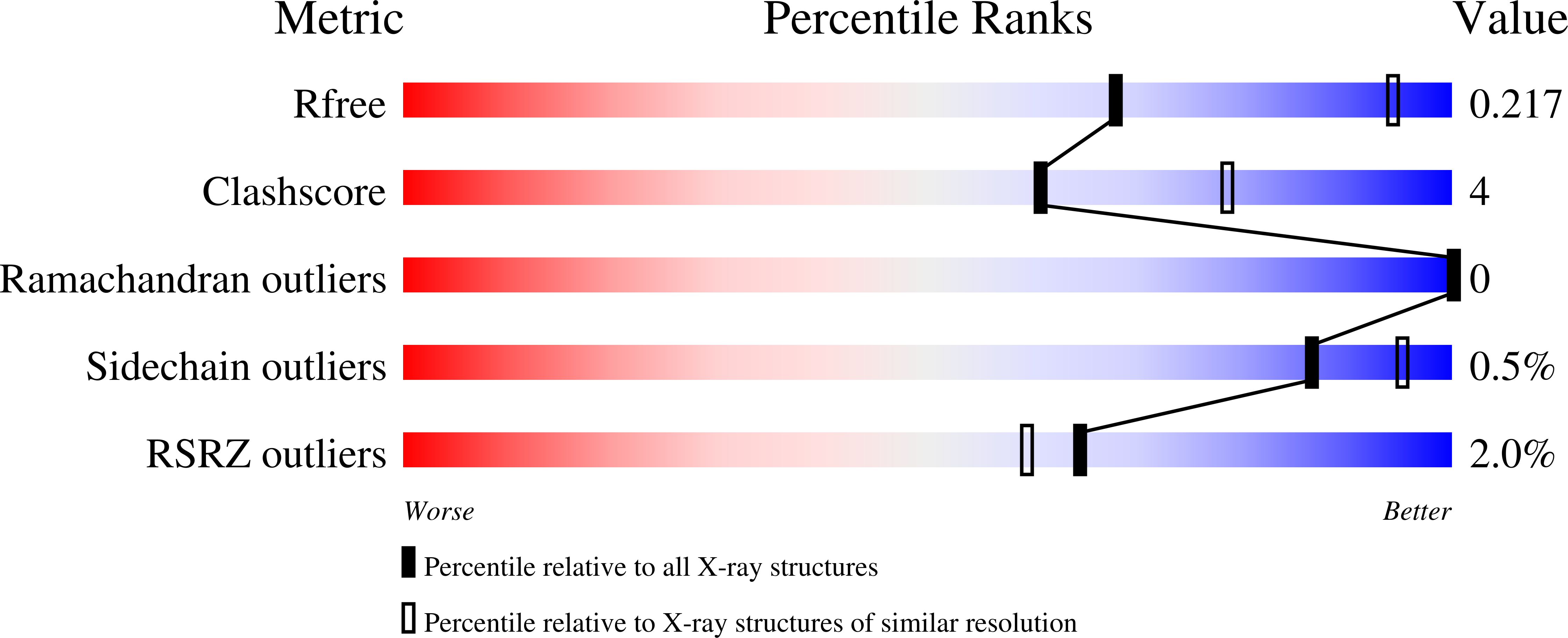
Deposition Date
2025-08-08
Release Date
2025-10-08
Last Version Date
2025-10-08
Entry Detail
PDB ID:
9PYR
Keywords:
Title:
Importin alpha 2 in complex with Haliotid herpesvirus 1 large tegument protein NLS region
Biological Source:
Source Organism:
Mus musculus (Taxon ID: 10090)
Haliotid herpesvirus 1 (Taxon ID: 1513231)
Haliotid herpesvirus 1 (Taxon ID: 1513231)
Host Organism:
Method Details:
Experimental Method:
Resolution:
2.60 Å
R-Value Free:
0.21
R-Value Work:
0.18
R-Value Observed:
0.18
Space Group:
P 21 21 21


